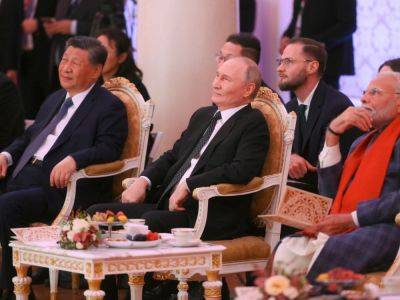BRICS internal rifts buy West time before new direction is chosen
The recent BRICS summit in the Russian city of Kazan was less notable for what happened at the meeting than for what happened before, or on the margins or not at all. Among the notable things that did not happen was another expansion of the organization.
Since the addition of Egypt, Ethiopia, Iran and the United Arab Emirates (UAE) at the 2023 BRICS summit in Johannesburg, which almost doubled the number of member countries from the original five (Brazil, Russia, India, China and South Africa), further enlargement has stalled.
Argentina, which was also invited in 2023, declined to join. Saudi Arabia, another 2023 invitee, has not acted on the offer to become a member, either. Its de-facto ruler, crown prince Mohammad bin Salman, was among the notable absentees in Kazan.
And Kazakhstan, Russia’s largest neighbor in Central Asia, decided shortly before the summit that it would not join. This drew Russia’s ire, resulting in a prompt ban on imports of a range of agricultural products from Kazakhstan in retaliation.
While invitees have declined the opportunity to join BRICS, a long list of applicant countries have not been offered membership. According to a statement by Russia’s president, Vladimir Putin, at a meeting of senior BRICS security officials in September, 34 countries have expressed an interest in closer relations with BRICS in some form.
This appears to be a substantial increase in interest in BRICS membership compared with a year ago, when South Africa’s foreign minister, Naledi Pandor, listed 23 applicants ahead of the 2023 summit.
But the fact that, since then, only six invitations have been extended – and four accepted – indicates that formal enlargement of the organization, at least for now, has been stymied







